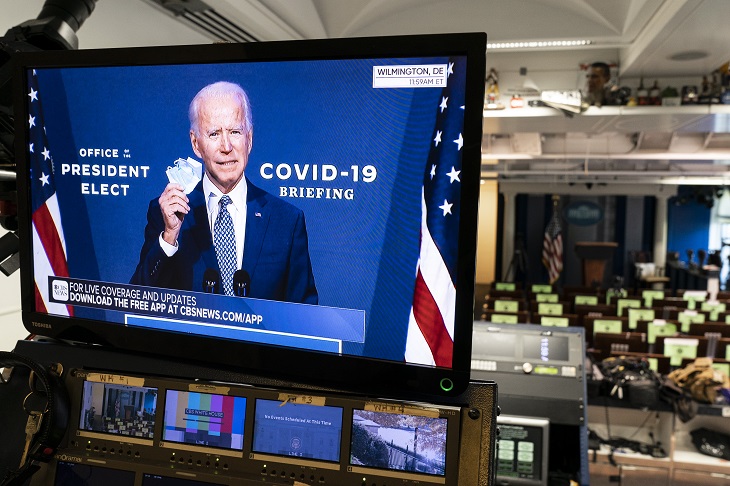When did Pfizer accumulate the 94 cases which would have qualified for the primary endpoint (the evaluable efficacy population) for the pivotal Pfizer-BioNTech Vaccine that resulted in the Emergency Use Authorisation (EUA) being granted?
In the EUA decision memorandum on page 17, it stated: ‘The date for data cut-off for the first interim analysis for efficacy was November 4, 2020, when a total of 94 confirmed COVID-19 cases were accrued.’
According to a press release from Pfizer on November 9, 2020, the first interim efficacy analysis was only conducted on November 8, 2020 by an external, independent Data Monitoring Committee (DMC).
To put this in context, Joe...
Already a subscriber? Log in
Subscribe for just $2 a week
Try a month of The Spectator Australia absolutely free and without commitment. Not only that but – if you choose to continue – you’ll pay just $2 a week for your first year.
- Unlimited access to spectator.com.au and app
- The weekly edition on the Spectator Australia app
- Spectator podcasts and newsletters
- Full access to spectator.co.uk


























Comments
Don't miss out
Join the conversation with other Spectator Australia readers. Subscribe to leave a comment.
SUBSCRIBEAlready a subscriber? Log in